Home>diy>Building & Construction>What Is A Bollard In Construction
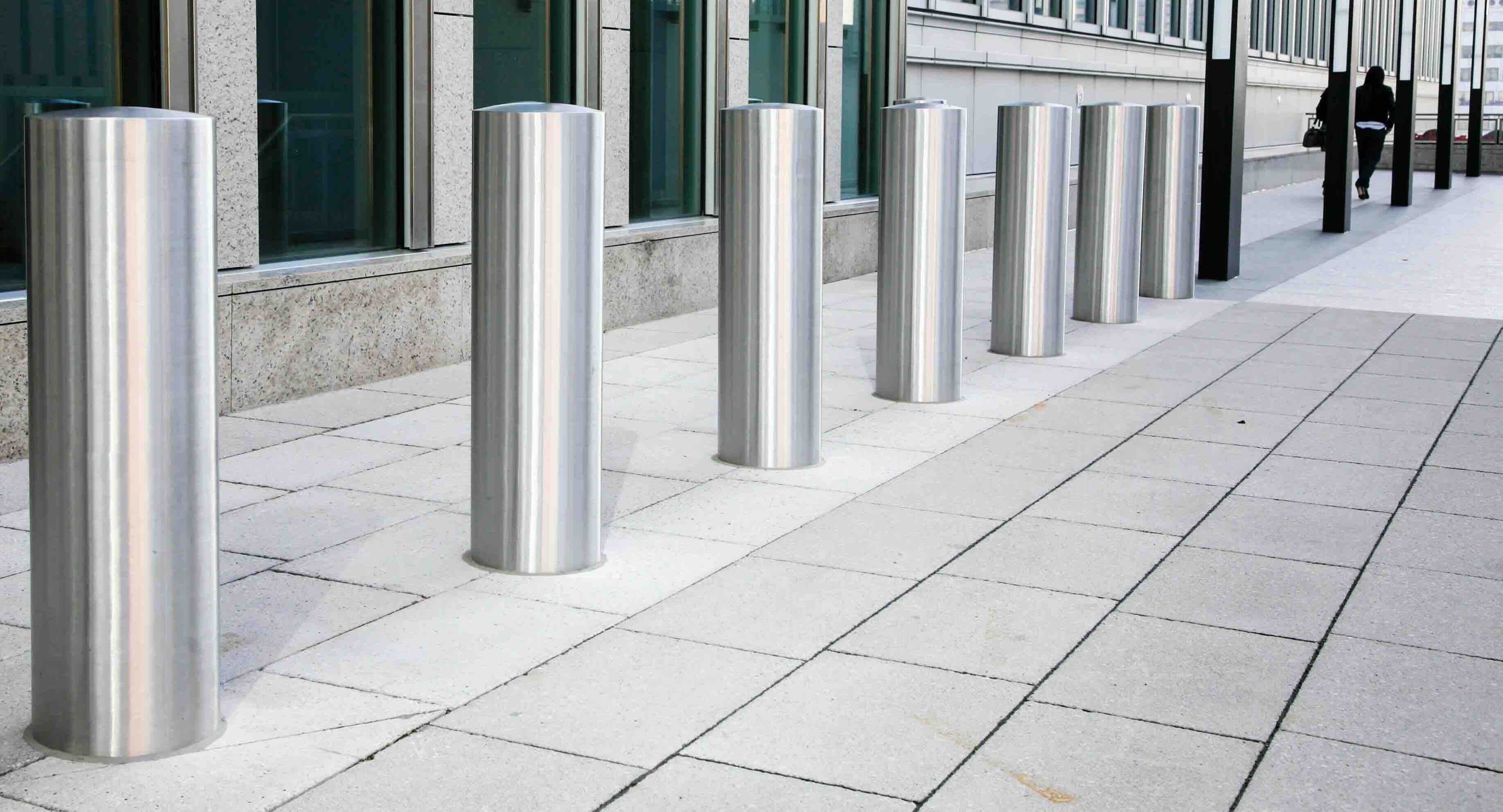

Building & Construction
What Is A Bollard In Construction
Modified: May 6, 2024
Discover the role of bollards in building construction, their uses, and benefits in ensuring safety and security. Explore different types and designs of bollards for your construction projects.
(Many of the links in this article redirect to a specific reviewed product. Your purchase of these products through affiliate links helps to generate commission for Storables.com, at no extra cost. Learn more)
Introduction
Construction sites can be bustling, chaotic places with heavy machinery, workers, and materials constantly moving around. Safety is paramount in the construction industry, and one way to ensure the protection of workers and equipment is through the use of bollards. But what exactly is a bollard and why is it important in construction?
A bollard is a sturdy, vertical post or pillar that is typically made of materials such as steel, concrete, or plastic. These posts are designed to withstand impact and provide a physical barrier or guide in various construction scenarios. Bollards come in different shapes, sizes, and designs, and can be customized to meet the specific needs of a construction site.
In this article, we will explore the different types of bollards, their uses in construction, how they are installed, the benefits of using them, factors to consider when choosing bollards, and how to properly maintain them. Whether you are a construction professional or simply curious about the world of construction, understanding the role of bollards can help you appreciate the importance of safety and organization in any construction project.
Key Takeaways:
- Bollards are essential safety features in construction, providing protection, traffic control, and organization. Understanding their types, uses, and maintenance is crucial for creating a secure and efficient work environment.
- Proper installation and maintenance of bollards are crucial for their effectiveness and longevity. Regular inspections, cleaning, and repairs ensure that bollards continue to provide reliable safety and organization on construction sites.
Read more: What Is Construction
Definition of Bollard
A bollard is a sturdy, vertical post or pillar that is used to provide safety, control traffic, or mark boundaries in a construction site. Bollards are typically made of durable materials such as steel, concrete, or plastic, and are designed to withstand impact and resist damage.
These posts are commonly seen in areas where vehicle or pedestrian traffic needs to be managed, such as entrances and exits, parking lots, walkways, and driveways. They serve as a physical barrier or visual guide to direct traffic flow and prevent accidents or unauthorized access to certain areas.
Bollards can vary in height, diameter, and design depending on their intended purpose. Some bollards are short and inconspicuous, while others are taller and more decorative. Some may have reflective strips or lights to increase visibility during low-light conditions or at night. The choice of bollard style and size will depend on the specific needs of the construction site.
Bollards are an essential safety feature in construction because they provide protection for workers, equipment, and property. They help to prevent vehicles from accidentally colliding with buildings, structures, or other critical infrastructure. By strategically placing bollards around a construction site, potential hazards can be minimized, and the likelihood of accidents can be significantly reduced.
It’s important to recognize that bollards are not just limited to construction sites. They are also commonly used in urban areas, public spaces, and transportation hubs, where they serve similar functions of traffic control, pedestrian safety, and protection of property. Their versatile nature makes them a valuable addition to any construction project or urban environment.
Types of Bollards
Bollards come in a variety of types, each designed to fulfill specific roles and requirements in construction sites. Here are some common types of bollards used in construction:
- Fixed Bollards: Fixed bollards are permanently embedded into the ground and cannot be moved or removed easily. They provide a strong physical barrier and are often used to protect buildings, structures, utility equipment, or high-risk areas in construction sites.
- Removable Bollards: Removable bollards can be installed and removed as needed. They are typically mounted onto a base plate or sleeve that is anchored into the ground. Removable bollards offer flexibility and can be used to control access, mark temporary boundaries, or allow for occasional vehicle passage in construction areas.
- Retractable Bollards: Retractable bollards feature a mechanism that allows them to be raised or lowered as desired. They are often used in areas where occasional access is required for authorized vehicles, such as delivery trucks or emergency vehicles. Retractable bollards offer the convenience of temporary access control while still providing a clear visual barrier when lowered.
- Decorative Bollards: Decorative bollards are designed to enhance the aesthetics of a construction site while still providing safety and functionality. These bollards often feature ornamental or architectural elements that complement the surrounding environment. Decorative bollards are commonly used in public spaces, entrances to buildings, or to add visual appeal to walkways and plazas in construction sites.
- Lighted Bollards: Lighted bollards are equipped with built-in lighting fixtures, such as LED lights, that enhance visibility during nighttime or low-light conditions. These bollards serve a dual purpose by providing both safety and illumination in construction areas or pathways.
The choice of bollard type will depend on the specific needs and requirements of the construction site. Factors such as the level of security needed, the frequency of access, the desired aesthetics, and the budget will all play a role in determining which type of bollard is best suited for a particular project.
Uses of Bollards in Construction
Bollards have a wide range of uses in construction sites, providing numerous benefits in terms of safety, organization, and control. Here are some common applications of bollards in construction:
- Perimeter Protection: Bollards are commonly used on construction sites to protect the perimeter of the area. They can be strategically placed around buildings, equipment, or valuable assets to prevent accidental damage from vehicles or unauthorized access.
- Traffic Control: Bollards play a vital role in managing traffic flow on construction sites. They can be used to direct vehicles along specific routes, create one-way lanes, or restrict access to certain areas. By guiding traffic in a controlled manner, bollards help to prevent congestion, minimize accidents, and maintain a safe working environment.
- Pedestrian Safety: Construction sites often have designated pedestrian walkways or crossings. Bollards can be installed along these pathways to create a safe zone for pedestrians, providing a physical barrier between foot traffic and vehicular movement. This helps to prevent accidents and ensures the safety of construction workers and visitors.
- Equipment Protection: Construction sites are filled with valuable equipment, tools, and machinery. Bollards can be strategically placed around these areas to protect them from accidental collisions, vandalism, or theft. By creating a protective buffer, bollards help to safeguard critical construction assets.
- Zone Marking: Large construction sites can be complex and challenging to navigate. Bollards can be used to mark specific zones or boundaries, providing clear visual cues for workers and visitors. This helps to reduce confusion, enhance organization, and ensure that everyone stays within designated areas.
- Safety Barrier: Bollards serve as an important safety feature for both construction workers and the general public. They prevent vehicles from veering off construction roadways or accidentally entering restricted areas. By providing a physical barrier, bollards help to mitigate the risk of accidents and injuries.
Overall, bollards play a crucial role in construction sites by promoting safety, organization, and efficiency. Their presence helps to minimize potential hazards, control traffic, protect assets, and create a secure environment for workers and the public. The specific uses of bollards in construction may vary depending on the nature and scale of the project, but their importance remains consistent in ensuring a well-managed and secure construction site.
Installation of Bollards
Proper installation of bollards is crucial to ensure their effectiveness and durability on construction sites. Here are some key steps involved in the installation process:
- Site Assessment: Before installation, conduct a thorough site assessment to determine the optimal locations for bollard placement. Consider factors such as traffic flow, pedestrian pathways, access points, and the need for perimeter protection.
- Bollard Selection: Choose the appropriate type and size of bollards based on your specific requirements. Consider factors such as the level of security needed, the frequency of access, and any aesthetic considerations.
- Marking and Layout: Use marking tools or spray paint to outline the exact spots where bollards will be installed. Ensure consistent spacing and alignment to maintain a visually appealing and effective configuration.
- Prepare the Ground: Clear the installation area of any obstacles, debris, or existing infrastructure that may interfere with the placement of the bollards. It is important to have a firm and level ground surface for proper installation.
- Excavation: Excavate holes or trenches in the ground according to the specifications of the chosen bollards. The size and depth of the hole will depend on the type of bollard and the ground conditions. Ensure that the hole is deep enough to provide adequate stability and support for the bollard.
- Secure Baseplate or Sleeve: For removable or retractable bollards, secure the baseplate or sleeve into the ground using concrete or anchoring materials. Follow the manufacturer’s instructions to ensure proper installation and stability.
- Install Bollards: Place the bollard onto the baseplate or sleeve and secure it using appropriate fasteners or locking mechanisms. Ensure that the bollard is level and tightly attached to the base to prevent any wobbling or instability.
- Test and Finalize: Once all the bollards are installed, conduct a final inspection to ensure proper alignment, stability, and functionality. Test each bollard to ensure smooth operation, especially for retractable or removable bollards.
It is important to note that the installation process may vary depending on the type of bollard being used and the specific requirements of the construction site. It is recommended to consult the manufacturer’s guidelines and seek professional assistance if needed to ensure proper installation and adherence to safety standards.
When installing bollards in construction, make sure to choose the right material for the specific application. Steel bollards are great for high-traffic areas, while decorative bollards can enhance the aesthetic appeal of a space.
Read more: What Is WIP In Construction
Benefits of Using Bollards in Construction
Bollards offer a multitude of benefits when used in construction sites. These sturdy and versatile posts provide a range of advantages that contribute to the overall safety, organization, and efficiency of a construction project. Here are some key benefits of using bollards:
- Enhanced Safety: Bollards serve as physical barriers that prevent vehicles from accidentally entering hazardous areas or colliding with buildings, structures, or equipment. They create a clear separation between pedestrian walkways and vehicular traffic, reducing the risk of accidents and injuries.
- Traffic Control: Bollards help to manage the flow of traffic within a construction site by creating designated lanes, guiding vehicles along specific routes, and restricting access to certain areas. This leads to improved traffic organization, reduced congestion, and smoother operations.
- Security and Theft Prevention: Bollards provide protection for valuable assets, equipment, and materials on construction sites. By strategically placing bollards around these areas, unauthorized access and theft can be deterred. Bollards also act as a visible deterrent against vandalism and unauthorized entry.
- Improved Pedestrian Safety: Construction sites often have designated pedestrian pathways that need to be kept separate from vehicular traffic. Bollards help to clearly mark these pathways and create a safe zone for pedestrians, minimizing the risk of accidents and improving overall pedestrian safety.
- Boundary and Zone Marking: Bollards can be used to mark boundaries, designate restricted areas, and clearly define specific zones within a construction site. This helps to keep workers organized, ensures adherence to safety protocols, and reduces the likelihood of accidental intrusions.
- Visual Guidance: Bollards with reflective strips or built-in lighting enhance visibility, especially in low-light conditions or at night. They act as visual guidance for both vehicles and pedestrians, improving overall site visibility and reducing the chances of collisions or accidents.
- Aesthetic Appeal: Decorative bollards not only provide safety and functionality but also add an element of aesthetic appeal to a construction site. They can be customized to match the surrounding architectural aesthetics and contribute to a visually pleasing environment.
- Flexibility and Adaptability: Removable or retractable bollards offer flexibility by allowing temporary access for authorized vehicles while maintaining control and security. This adaptability is particularly useful in construction sites where access requirements may vary at different stages of the project.
By incorporating bollards into construction site planning, project managers can create a safer and more organized working environment. The benefits of using bollards extend beyond immediate site safety, positively impacting traffic flow, security, and overall project efficiency.
Factors to Consider When Choosing a Bollard
Selecting the right bollard for your construction site is essential to ensure optimal functionality and effectiveness. Here are some factors to consider when choosing a bollard:
- Intended Purpose: Determine the specific purpose of the bollard in your construction site. Is it for perimeter protection, traffic control, pedestrian safety, or all of the above? Identifying the primary purpose will help you choose the appropriate type and design of the bollard.
- Type of Bollard: Consider the different types of bollards available, such as fixed, removable, retractable, decorative, or lighted. Each type has its own advantages and purposes. Choose the type that best fits your construction site requirements and objectives.
- Material: Bollards are commonly made from materials such as steel, concrete, or plastic. Consider the durability, weather-resistance, and maintenance requirements of each material. Choose a material that can withstand the environmental conditions of your construction site.
- Height and Visibility: The height and visibility of the bollard are crucial factors in ensuring its effectiveness. Consider the desired visibility requirements and the distance from which you want the bollard to be clearly seen. Reflective strips or built-in lighting can further enhance visibility, especially during low-light conditions.
- Installation Method: Different bollards may require specific installation methods, such as embedding into the ground, mounting on a baseplate or sleeve, or bolting onto a surface. Consider the ground conditions and the desired level of permanence when choosing the installation method.
- Compliance with Regulations: Ensure that the chosen bollards comply with local safety and building regulations. Research any specific requirements or guidelines related to bollard installation in your area to ensure compliance and maintain the highest level of safety standards.
- Budget: Consider your budget constraints when selecting bollards. While quality and effectiveness are important, it’s essential to choose options that are within your allocated budget. Compare prices, features, and materials to find the best combination of affordability and functionality.
- Aesthetics: Depending on the construction site’s requirements, aesthetics may be an important consideration. Consider whether the bollard should blend in with the surroundings or stand out as a decorative element. Decorative bollards offer both functionality and an aesthetically pleasing appearance.
By carefully considering these factors, you can select the most suitable bollard for your construction site. Remember to prioritize safety, functionality, and compliance while taking into account the specific needs and requirements of your project.
Maintenance and Care of Bollards
Proper maintenance and care of bollards are essential to ensure their longevity and continued functionality. Regular maintenance helps to preserve the integrity of the bollards and extends their lifespan. Here are some key tips for maintaining and caring for bollards on construction sites:
- Regular Inspections: Conduct routine inspections of the bollards to check for any signs of damage, wear, or deterioration. Inspect the base, connections, and overall stability of the bollard. Look for cracks, rust, loose parts, or any other issues that may compromise the effectiveness of the bollard.
- Cleaning: Keep the bollards clean and free from dirt, debris, and other contaminants. Regularly wipe down the bollards with a mild detergent and a non-abrasive cloth. Avoid using harsh chemicals or abrasive materials that may damage the surface of the bollard.
- Paint and Coating: If the bollards are painted or coated, keep an eye out for any peeling, chipping, or fading. Touch up or repaint the bollards as needed to maintain their visibility and protection against corrosion. Follow the manufacturer’s recommendations for paint or coating products suitable for the specific material of the bollards.
- Repair and Replacement: Promptly address any damages or issues with the bollards. If you notice crack or significant damage, consider repairing or replacing the bollard to maintain its effectiveness. Consult a professional if extensive repairs or replacements are needed.
- Winter Preparation: In cold climates, take precautions to protect bollards from the effects of freezing temperatures. Remove snow and ice buildup around the bollards to prevent potential damage. Consider using reflective tape or covers to enhance visibility during snowy or icy conditions.
- Security Measures: Ensure that any locking mechanisms or fasteners are properly maintained and in good working condition. Regularly check for any loose or worn-out parts and tighten or replace them accordingly. Regularly test retractable or removable bollards to confirm smooth operation.
- Record Keeping: Maintain a record of maintenance activities, including inspection dates, repairs, and replacements. This provides a clear history of maintenance efforts and helps identify any recurring issues or patterns. It also assists in scheduling future maintenance tasks.
Remember that proper maintenance and care of bollards contribute to their overall effectiveness and longevity. By conducting regular inspections, addressing any issues promptly, and following recommended maintenance procedures, you can ensure that your bollards continue to provide the desired safety and functionality on your construction site.
Conclusion
Bollards play a vital role in the construction industry, providing safety, organization, and control on construction sites. These sturdy and versatile posts serve numerous purposes, including perimeter protection, traffic control, pedestrian safety, and equipment protection. By strategically placing bollards and choosing the right type for each situation, construction professionals can enhance safety measures, direct traffic flow, and safeguard valuable assets.
When selecting bollards, it is important to consider factors such as the intended purpose, type of bollard, material, height, installation method, compliance with regulations, budget, and aesthetics. By taking these factors into account, construction managers can ensure the bollards chosen meet the specific requirements of their projects.
Proper installation, maintenance, and care of bollards are crucial in ensuring their effectiveness and durability. Regular inspections, cleaning, and repairs help to preserve the integrity of the bollards and extend their lifespan. By consistently monitoring and addressing any issues, construction professionals can ensure that the bollards remain in optimal condition, providing reliable safety and organization on construction sites.
In conclusion, bollards are an indispensable tool in the construction industry. They offer a range of benefits, including enhanced safety for workers and the public, improved traffic control, security, and efficient organization. By understanding the various types of bollards, their uses, and how to properly install and maintain them, construction professionals can create a safer and more efficient work environment, ultimately leading to successful construction projects.
With your newfound knowledge of bollards in construction, why stop there? Dive deeper into the world of building sites with our next read. You'll get a clear view of what goes on behind those fences, from the initial groundbreaking to the final touches. Understanding the ins and outs of a construction site can help you better appreciate the complexity and beauty of structured spaces. So, if you're curious about the hustle and bustle that transforms an empty lot into a bustling hub, our detailed guide is just a click away.
Frequently Asked Questions about What Is A Bollard In Construction
Was this page helpful?
At Storables.com, we guarantee accurate and reliable information. Our content, validated by Expert Board Contributors, is crafted following stringent Editorial Policies. We're committed to providing you with well-researched, expert-backed insights for all your informational needs.
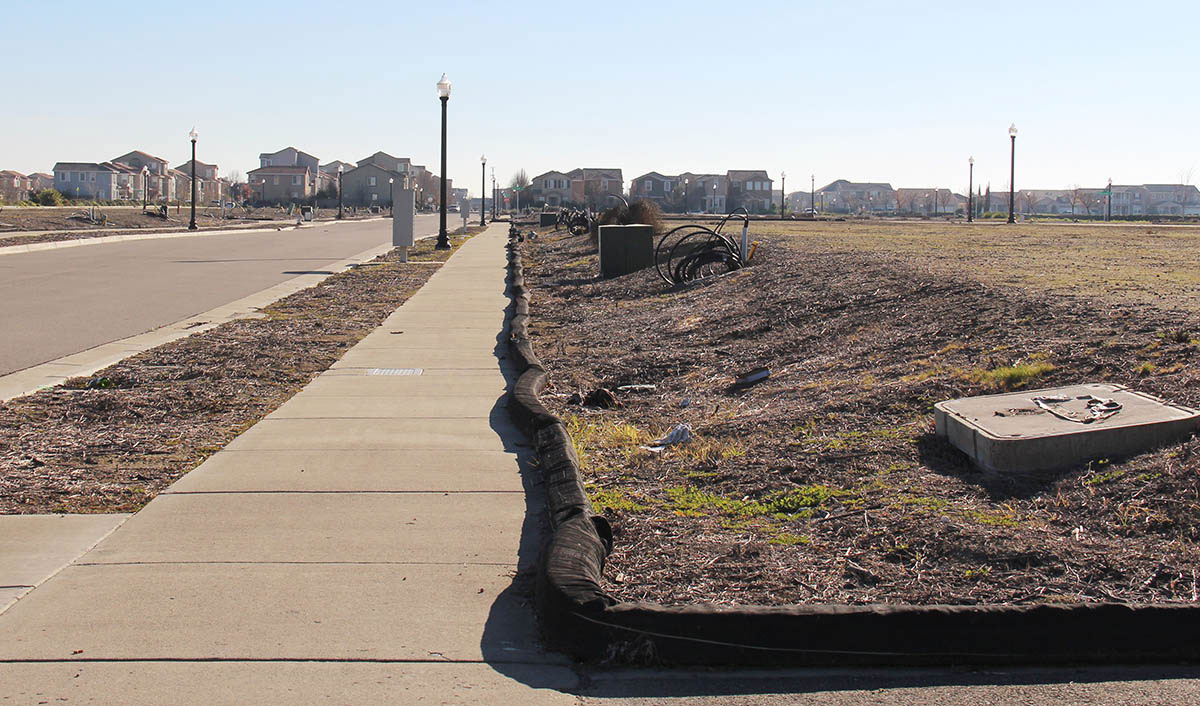
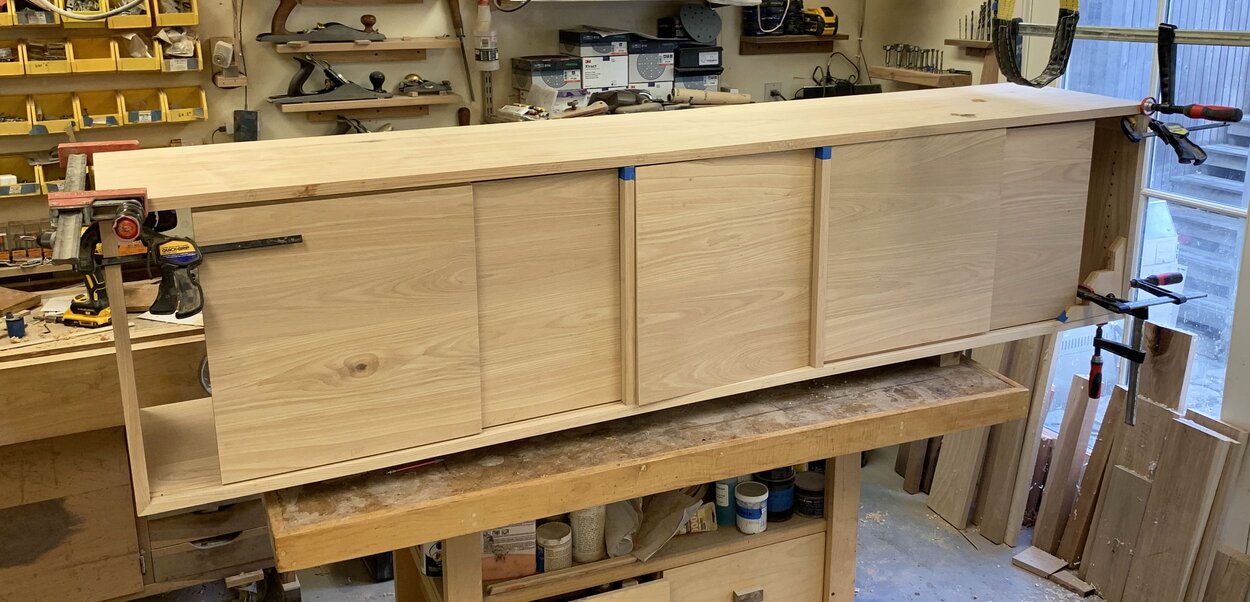

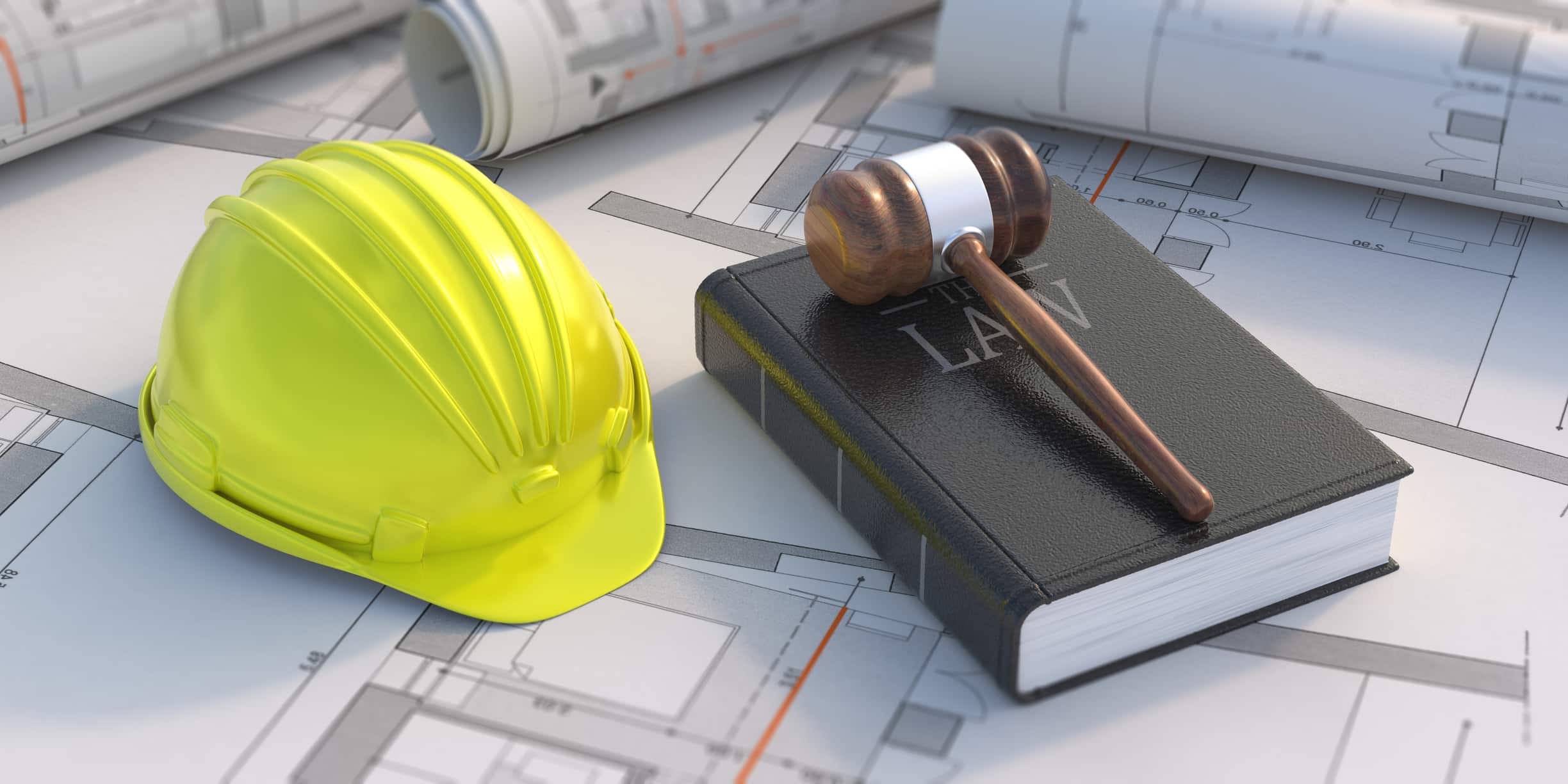
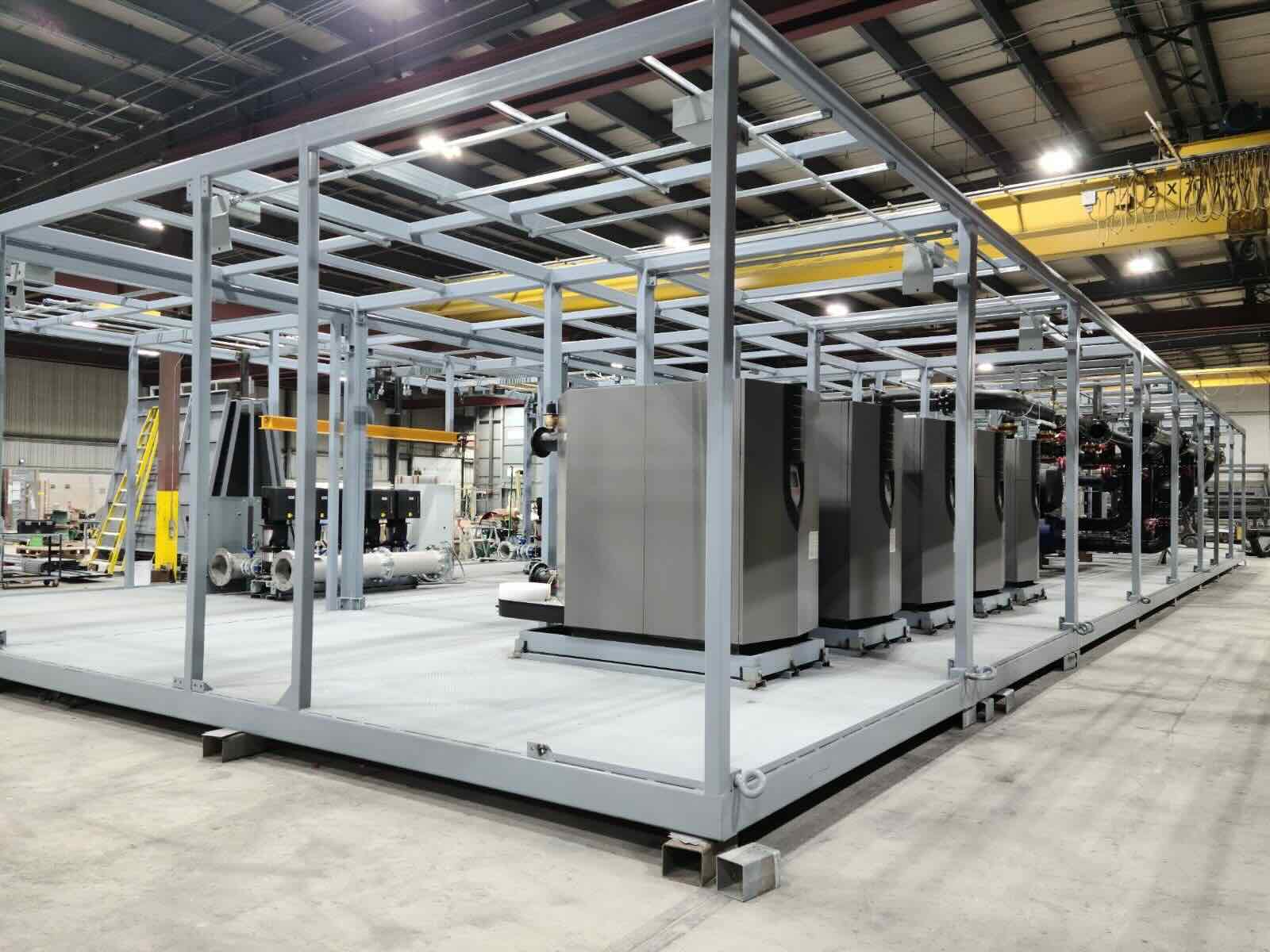
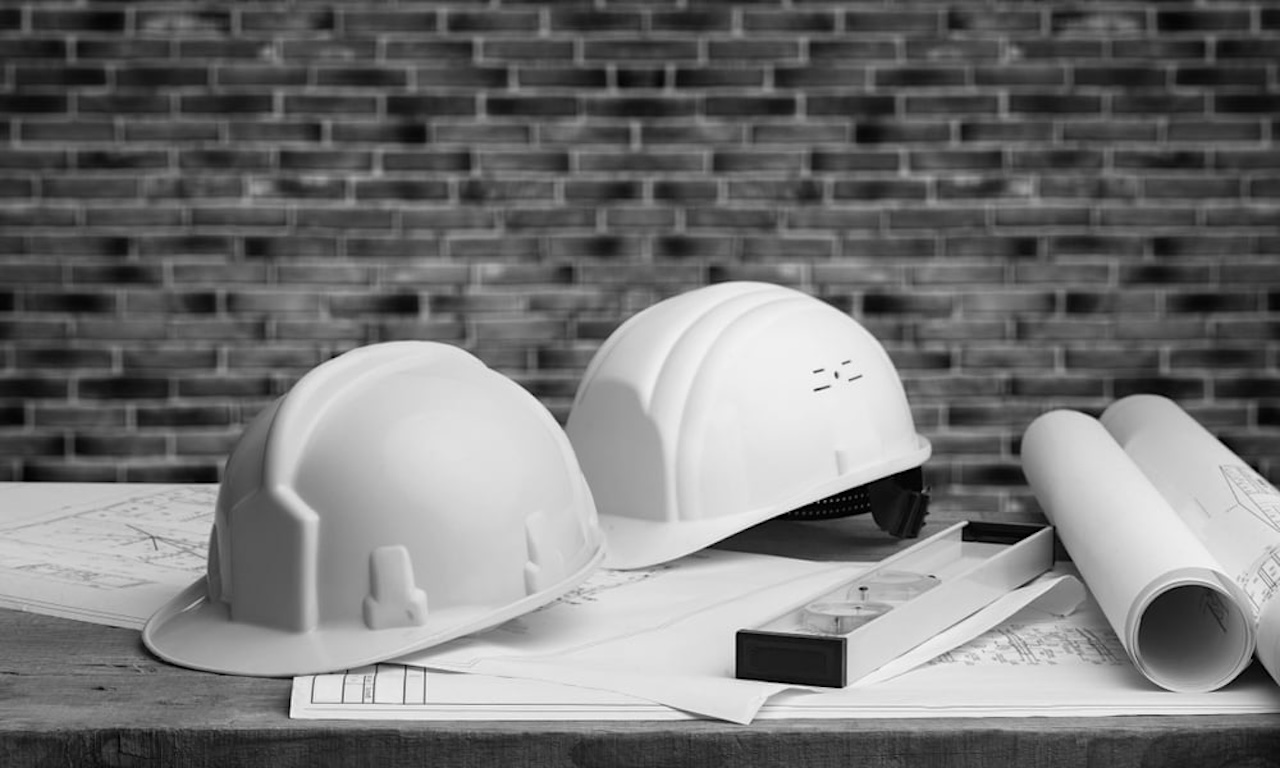
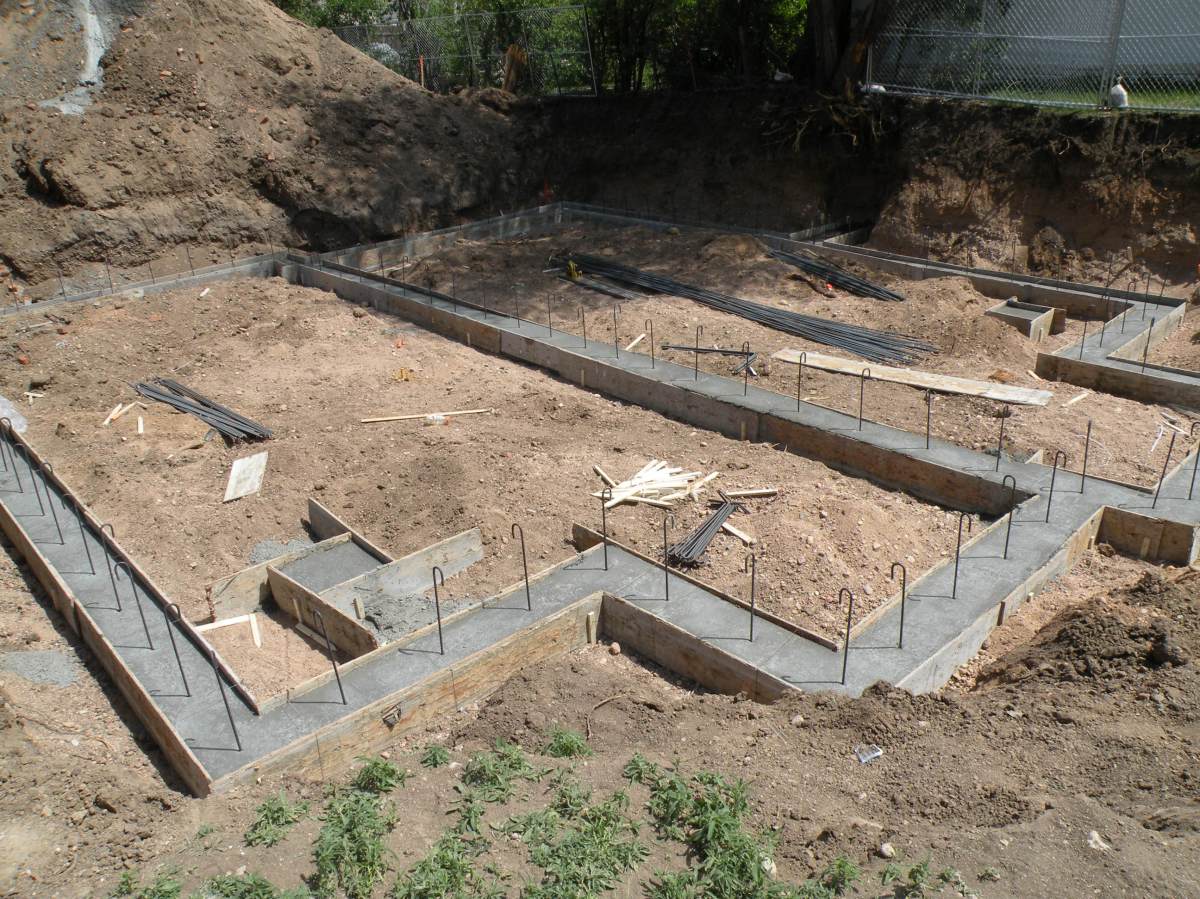
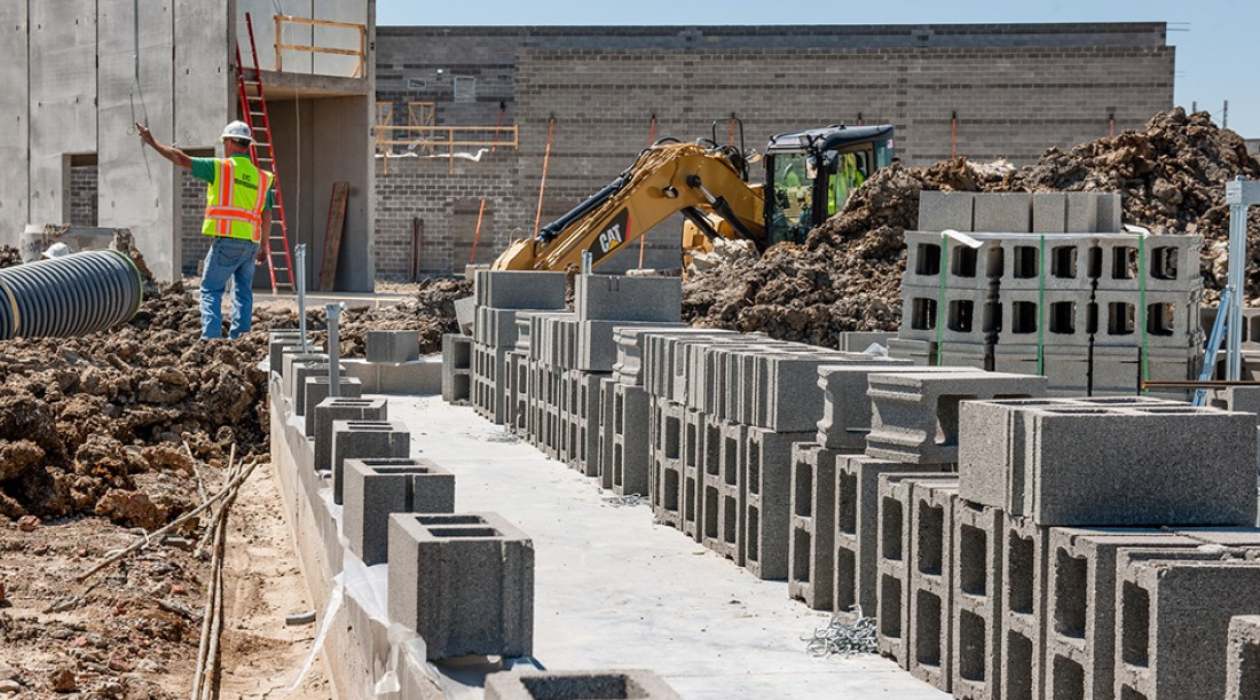
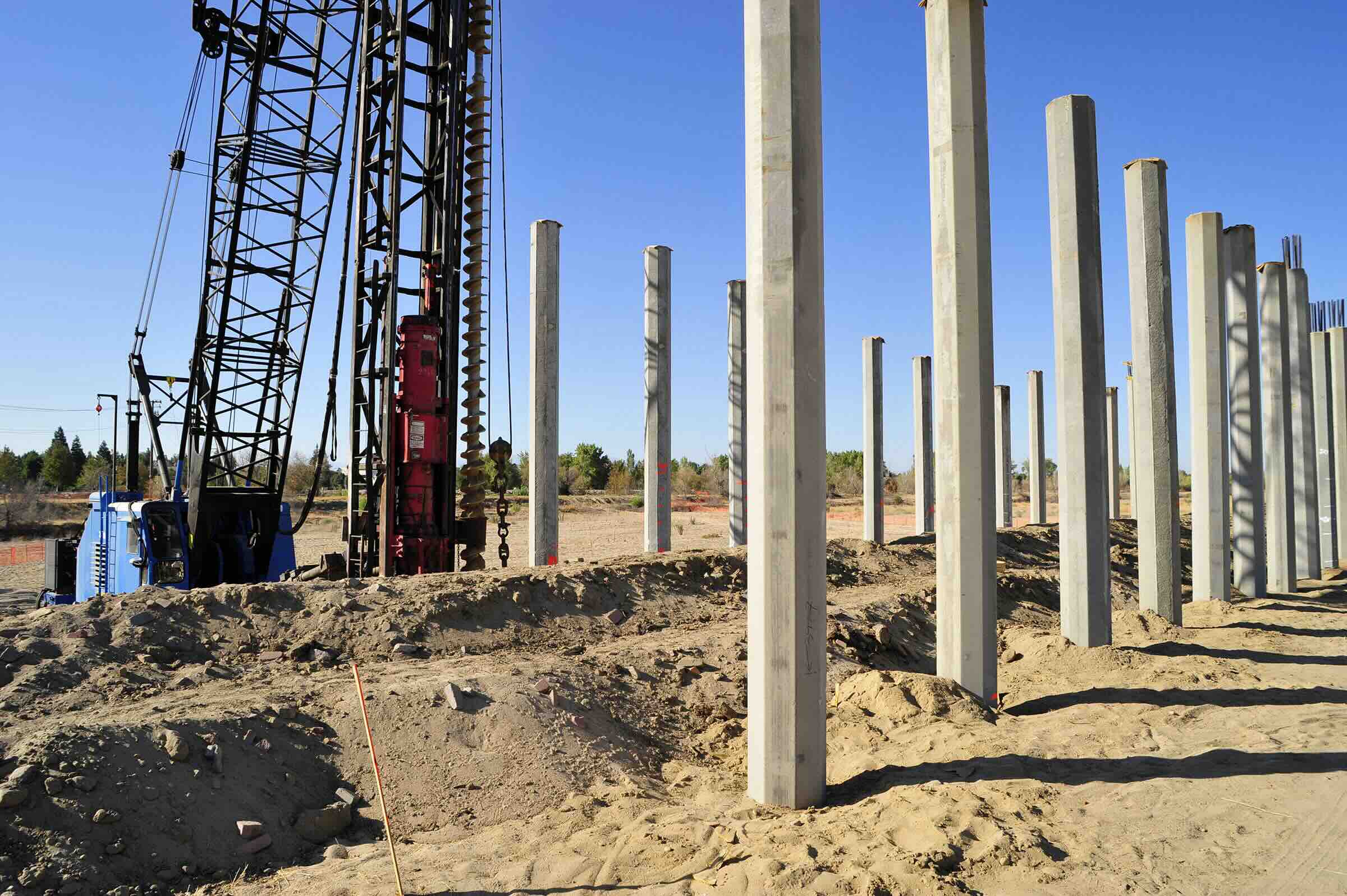


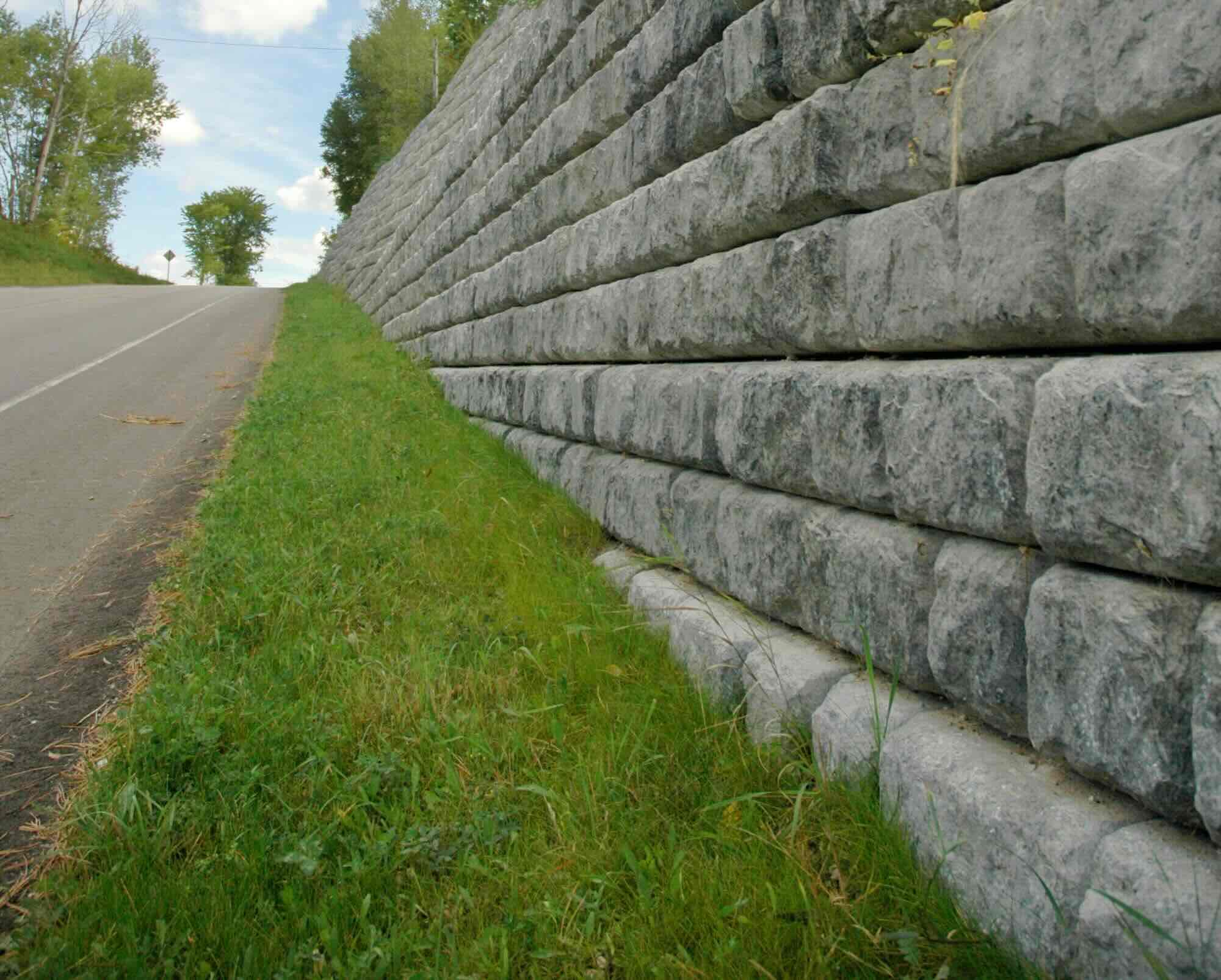
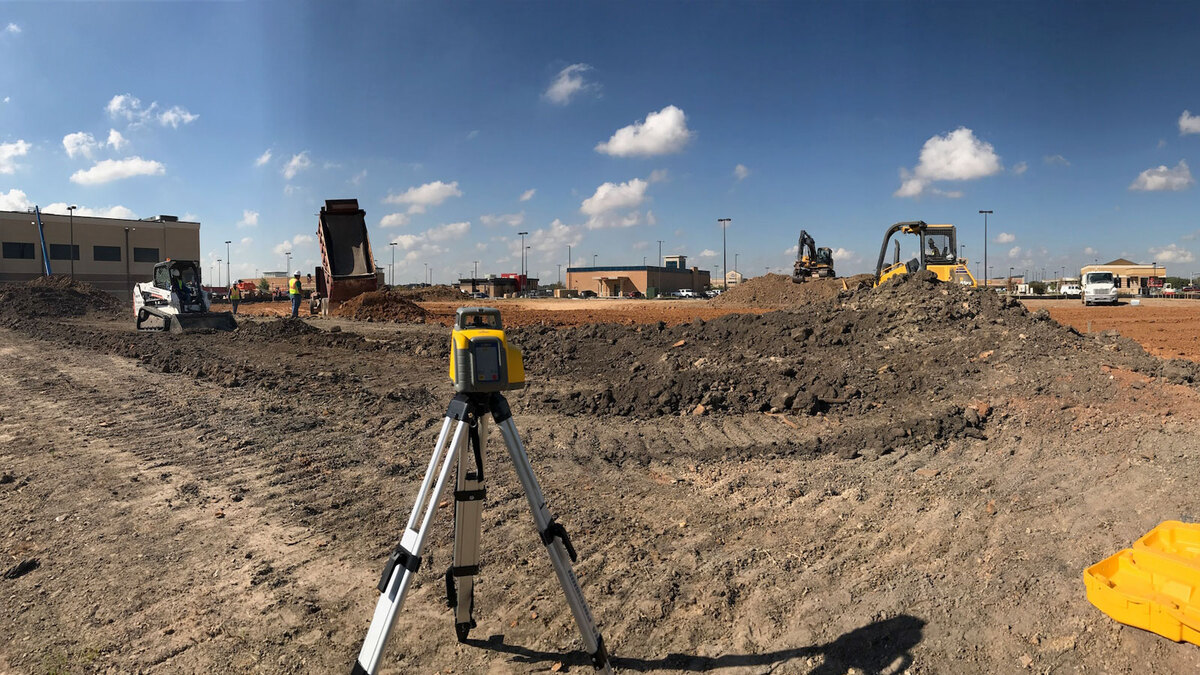
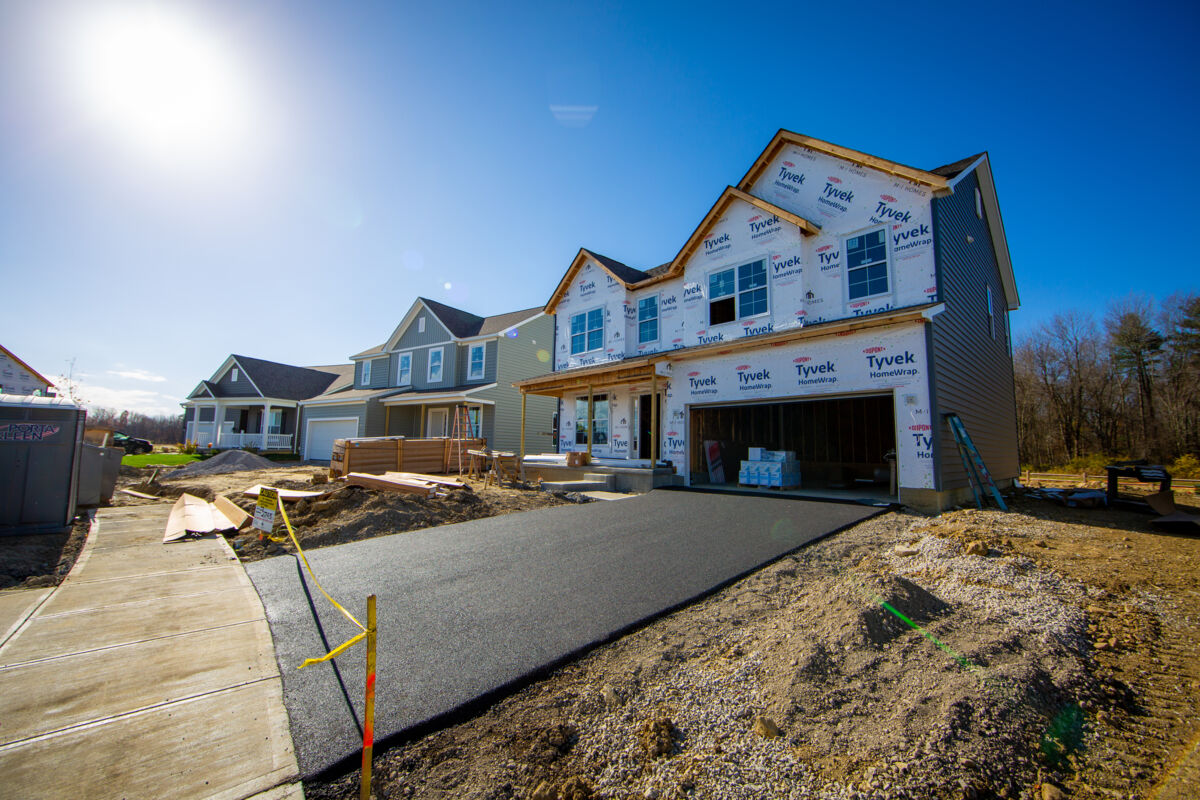

0 thoughts on “What Is A Bollard In Construction”